European vs American “Spec”: Subtle Yet Significant Differences

Choosing between European and American vehicles often goes beyond more than just personal preference; it’s about understanding the subtle yet significant differences in their specifications, design philosophies, and intended purposes. Whether you’re an automotive enthusiast or a casual driver, “delving” into these distinctions can help you make a more informed decision when it comes to choosing between them both – however, there’s a dark horse that has emerged from Asia; grouping them all into one, they are – China, the Middle-East and South-East Asia (mostly) as these frontier markets have come well into the fray in recent times, defining vehicle-specifications unlike ever before!
Design Philosophy
European vehicles are renowned for their emphasis on performance, agility, and precision engineering. They often prioritise a balance between sportiness and luxury, offering dynamic driving experiences coupled with upscale interiors and advanced technology. This focus on driving dynamics is evident in European cars’ responsive handling, finely-tuned suspensions, and powerful yet efficient engines.
In contrast, American vehicles tend to prioritise comfort, size, and power. They are known for their spacious interiors, smooth rides, and robust engines designed to excel in straight-line acceleration and towing capabilities. American automakers often cater to a domestic market that values (above all) space, comfort, and versatility, resulting in larger vehicles with ample boot/trunk space and elevated towing capabilities for heavy cargo such as equipment, camping trailers, boats, other vehicles, etc. which frequently gets towed by many across the country-side.
Size and Dimensions
One of the most noticeable differences between European and American vehicles is their size and dimensions. European cars typically have more compact dimensions, making them well-suited for navigating narrow city streets and tight parking spaces. They often feature sleek designs with aerodynamic profiles, contributing to their agility and fuel efficiency.
On the other hand, American vehicles are known for their larger size and imposing presence on the road. SUVs and trucks dominate the American automotive landscape, offering spacious interiors, high ground clearance, and rugged capabilities suitable for various terrains and weather conditions. While this size can provide added comfort and versatility, it may pose challenges and become somewhat impractical in urban environments with limited parking and congested streets frequently encountered in most European cities that have been standing for centuries now as demonstrated in this video from Carwow.
Engine Technology and Performance
European vehicles are renowned for their advanced engine technology, including turbocharging, direct injection, and hybrid powertrains. These technologies deliver a potent combination of power and efficiency, allowing European cars to achieve impressive performance figures while maintaining fuel economy.
Additionally, many European automakers offer a wide range of engine options, including small-displacement turbocharged engines and high-performance variants developed by their motorsport divisions.
In contrast, American vehicles are often associated with larger-displacement engines, particularly in trucks and muscle cars. While these engines may offer formidable horsepower and torque figures, they typically prioritise raw power over fuel efficiency. However, advancements in engine technology, such as cylinder deactivation and turbocharging, have now allowed American automakers to improve fuel economy as well and without having to sacrifice performance.
Interior Features and Technology
European vehicles are known for their upscale interiors, featuring high-quality materials, meticulous craftsmanship, and cutting-edge technology. From luxurious leather upholstery to advanced infotainment systems and driver-assistance technologies, European cars often offer a premium driving experience with an emphasis on comfort, convenience, and connectivity.
American vehicles also prioritise comfort and convenience, with spacious interiors and an array of features designed to enhance the driving experience but not to the extent that the Europeans do. Just take a look at the interior of any coupe from Benz, BMW, Audi etc., and then compare with coupes from the likes of Ford, Chevrolet, Dodge etc. “The difference is clear” as they say…
While American cars may not always match their European counterparts in terms of interior refinement, they often undoubtedly excel in providing ample cargo space – I mean the cabin of an F-150 is so spacious it’d easily fit-in multiple adults comfortably – most especially when embarking on a long journey or “road-trip” in American parlance. There’s also a wide variety of user-friendly infotainment systems, and advanced safety features available on offer.
Driving Dynamics and Handling
One of the defining characteristics of European vehicles is their exceptional driving dynamics and agile handling. European automakers place a strong emphasis on engineering cars that offer precise steering, responsive handling, and engaging driving experiences. Whether you’re navigating winding country roads, going up a twisty mountain road which are frequently encountered across Europe or tackling tight corners on a race track, European cars are engineered to deliver a thrilling driving experience with confidence-inspiring handling.
In contrast, American vehicles are typically tuned for comfort and stability, and straight roads/drag races – with an emphasis on smooth rides and relaxed driving dynamics. While some American performance cars offer impressive handling capabilities, they may not always match the agility and precision of their European counterparts to which this clip from an old Top Gear episode proves completely. However, American automakers do quite well as mentioned previously in producing vehicles that are well-suited for long-distance cruising and highway driving, thanks to their comfortable suspension setups and refined ride quality.C
Emergence of The Asian Market
As mentioned – the unseen and unexpected dark horse has emerged and is here to stay! It’s almost unbelievable to think that four decades ago there wasn’t any substantial markets from these zone but today, they’re just about the largest combined. It’s even crazier when you try to imagine that around the same period private car ownership wasn’t a thing in China! However, fast-forward to today where since 2009 – when it first became apparent that China was a behemoth beating the US to the punch in terms of vehicle sales, and has steadily maintained that feat over the years – coupled with huge sales figures from thriving economies in the Middle-East and in the Indo-Pacific region has seen automakers shift their designs and specifications which were traditionally tailored for the Euro-American markets to also suit these frontier markets. So, there’s that.
Ultimately, the choice between European and American vehicles comes down to personal preference, driving needs, and budget considerations. European cars appeal to those who prioritise performance, luxury, and driving dynamics, while American vehicles cater to drivers seeking comfort, space, and power. By understanding the differences in design philosophy, size, engine technology, interior features, and driving dynamics, you can make an informed decision that aligns with your preferences and lifestyle. Whether your preferences pushes you to opt for a nimble European sports car or a spacious American SUV, they both offer unique strengths and characteristics that contribute to the rich tapestry of the automotive world.
Also, there’s a huge probability that in the future – we’d all be Chinese “spec’d” as China looks to continue increasingly in its quest to dominate the “all-new world of EVs (Electric Vehicles)”, just take the BYD Yangwang U8 crazy and almost unimaginable features for example. No go dey use China dey play. After years of trying, they’ve come to see the futility in battling against the legacy manufacturers in terms of ICEs (Internal Combustion Engines) so getting ahead of the curve – the Chinese Authorities and Private Sector alike have made massive investments in battery technology coupled with the fact that they were already controlling a sizeable share of the supply of raw materials like lithium needed for battery production and after decades of fruitful Sino-European/American automotive partnerships that have seen notable companies like Volkswagen and GM (General Motors) amongst others – share valuable production and supply-chain knowledge with local on-ground Chinese manufacturers, including them being a great hub for software/mobile technologies presently as all these interplay and interface with each other when manufacturing “ultra-modern” vehicles (so no need to outsource many developmental aspects) – everything surely looks set for them to take over. Plus, their overcapacity has already given them the leverage to go ahead and slash prices, massively! They’ve saturated the market and flooded Ports with their EVs such as this one in Belgium, for example. I guess it’s safe to say that an interesting and exciting future awaits…

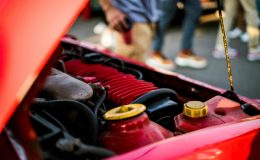
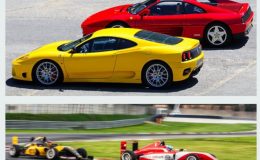


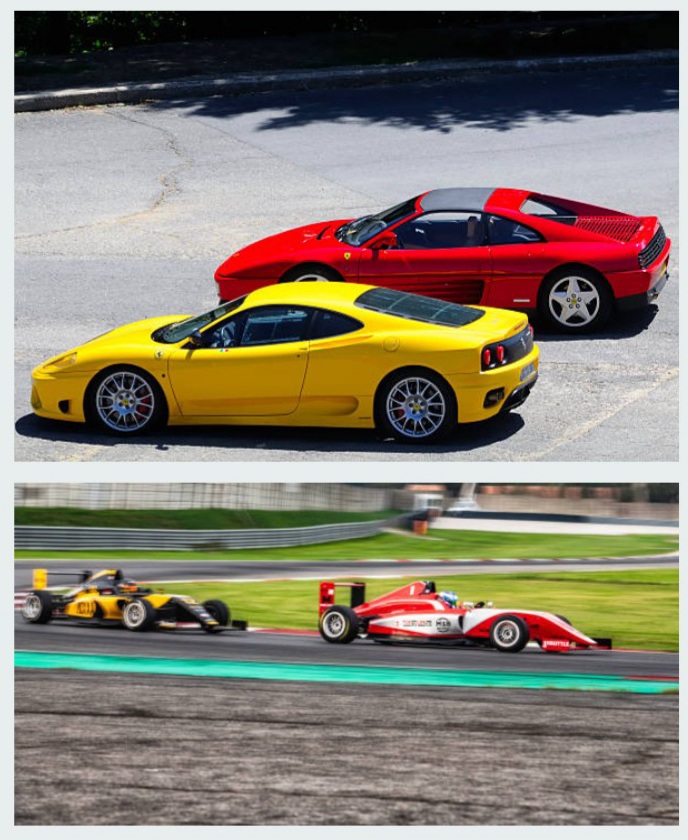
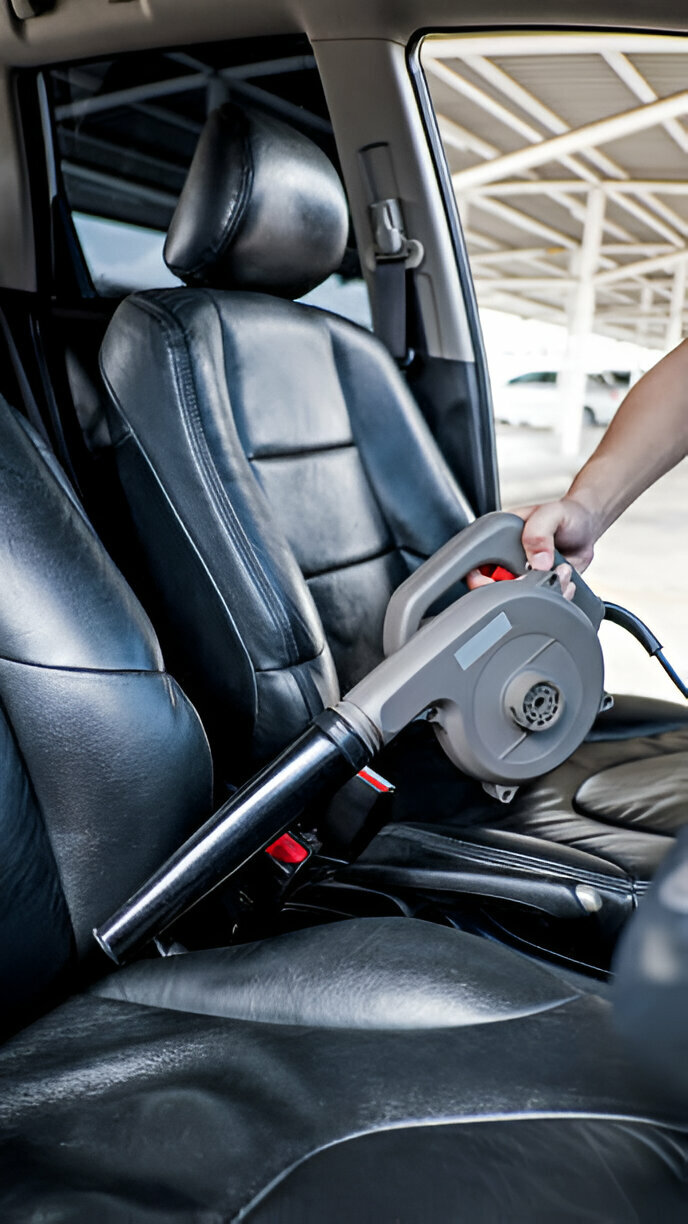
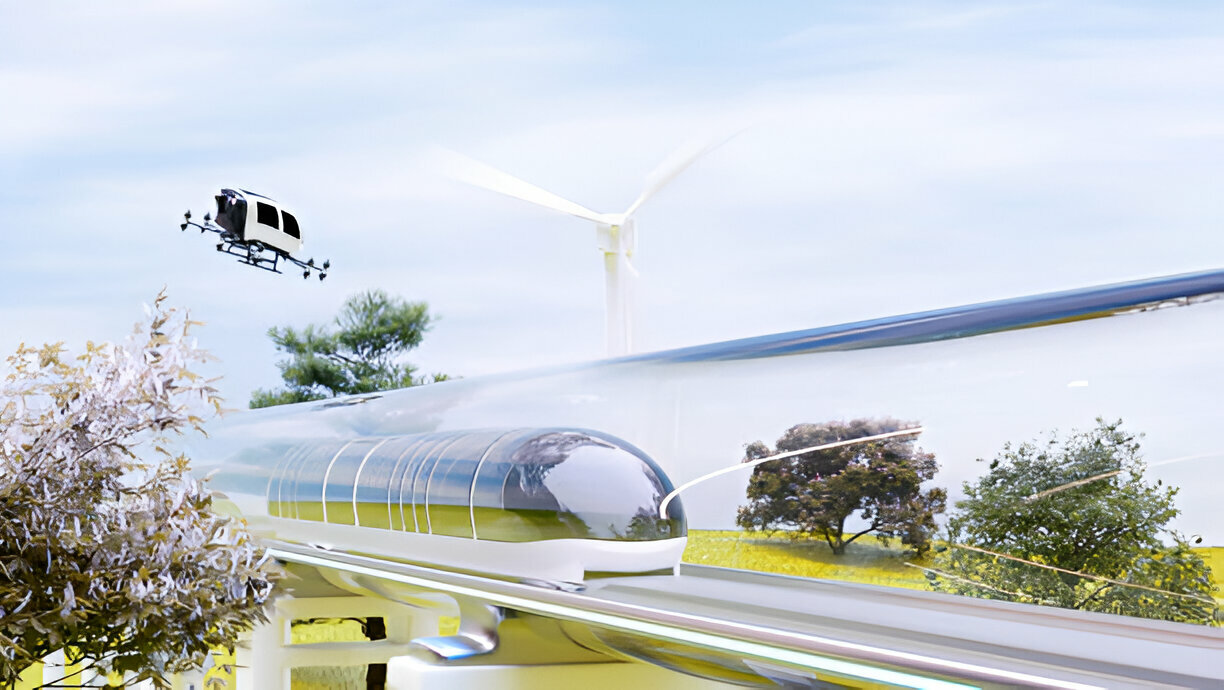



No Comments